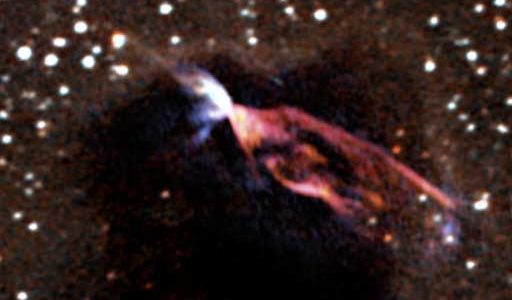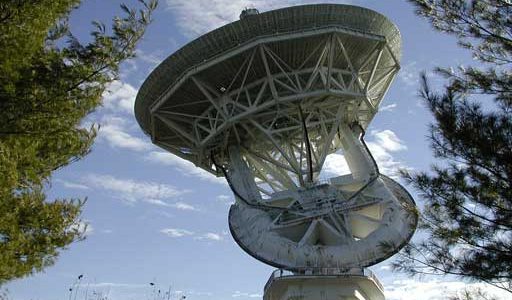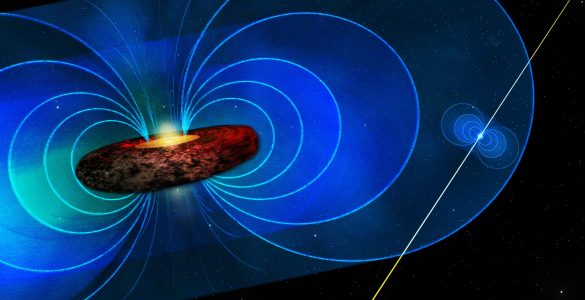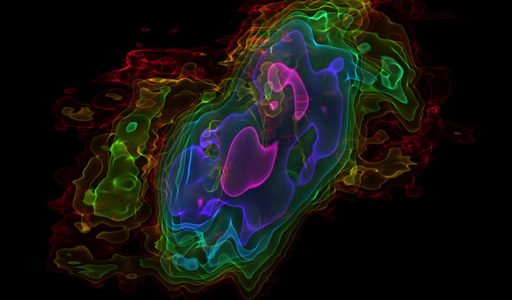Latest NRAO News
News is managed by NRAO News & Public Information. Questions about News? Have a story to share? Want to interview a scientist or create new media about our telescopes?

AUI and NRAO signed agreement with WVU to Use GBT

While observing a newborn star, astronomers using the Atacama Large Millimeter/submillimeter Array telescope discovered twin jets of matter blasting out into space at record-breaking speed.

The trailblazing 43 Meter Telescope NRAO in Green Bank, West Virginia, has been given new life as one of only two Earth stations for the Russian-made RadioAstron satellite, the cornerstone of astronomy’s highest-resolution telescope.

Astronomers have made an important measurement of the magnetic field emanating from a swirling disk of material surrounding the black hole at the center of our Milky Way Galaxy.

The cosmic fireworks that characterize a starburst galaxy can abruptly fizzle out after only a relatively brief period of star formation, and astronomers want to know why.

The sight of a snowfall can thrill children, but the first-ever snow line seen around a distant star gives astronomers an even greater thrill because of what it reveals about the formation of planets and our Solar System’s history.





